Dog fights are a terrifying experience for both the animals and their owners. Knowing the warning signs of dog aggression and how to safely break up a fight can prevent serious injury. This comprehensive guide provides step-by-step instructions on how to stop a dog fight in its tracks, including common mistakes to avoid. We’ll cover everything from recognizing the subtle cues of aggression to administering first aid and seeking veterinary care. But preventing dog fights starts long before they begin. Discover proactive measures like early socialization, positive reinforcement training, and managing triggers to create a harmonious environment for your furry family members. We’ll delve into the importance of spaying/neutering and offer insights into multi-dog household management. If your dog has been involved in a fight, understanding the aftermath is crucial. Learn how to assess physical and emotional well-being, when to consult with certified dog trainers or behaviorists, and how to responsibly manage a dog with a bite history. We’ll equip you with resources and support to navigate life after a dog fight and promote lasting safety for both you and your canine companion.
Understanding and Stopping Dog Fights
Witnessing a dog fight can be a terrifying experience for everyone involved. The aggression, the noise, and the potential for injury can leave owners panicked and unsure how to react. Understanding the signs of dog aggression, knowing how to safely intervene, and being prepared for potential injuries are crucial aspects of responsible dog ownership.
Recognizing the Warning Signs: Is a Fight Brewing?
Dogs rarely explode into a fight without any warning signs. Recognizing these subtle cues can help prevent a dangerous situation from escalating. Be vigilant for the following behaviors:
- Stiff body posture: A rigid stance, often with raised hackles (hair on the back), signals tension and unease.
- Whale eye: When a dog displays the whites of their eyes (sclera) more prominently, it indicates stress and potential aggression.
- Lip licking or yawning: While seemingly innocuous, these can be appeasement gestures used by dogs to diffuse tension.
- Growling, snarling, or barking: These are clear warnings to back off and should never be ignored or punished.
- Tail position and movement: A high, stiff tail or a rapidly wagging tail held low can both be signs of potential aggression.
If you observe these behaviors between dogs, it’s crucial to separate them immediately and assess the situation. Early intervention is key to preventing a full-blown fight.
Breaking Up a Dog Fight: Safety First, Always
Breaking up a dog fight requires a calm and strategic approach. Remember, your safety comes first. Never attempt to physically grab the dogs by their collars or bodies as this can result in serious injury.
Here are safer, more effective methods:
- Create a Distraction: Use loud noises like an air horn or banging pots together to startle the dogs and interrupt the fight.
- Use a Barrier: Quickly and safely place a large object, like a trash can lid or a chair, between the fighting dogs to separate them.
- Water Power: A sudden spray from a hose or a bucket of water can startle the dogs and break their focus.
- The Wheelbarrow Method: If two people are present, each person can safely grab the hind legs of one dog and pull them backwards, like a wheelbarrow, to separate them. Be extremely cautious as dogs may redirect their aggression toward you.
Once the dogs are separated, keep them securely restrained and out of sight from each other.
Mistakes to Avoid During a Dog Fight
In the heat of the moment, it’s easy to make mistakes that could worsen the situation or put yourself at risk. Avoid these common errors:
- Panicking or yelling: This can further escalate the dogs’ excitement and aggression. Remain calm and assertive.
- Reaching into the fight: Putting your hands or any body part near the dogs’ mouths is extremely dangerous and could lead to severe bites.
- Physically punishing the dogs: Punishment is ineffective and can increase fear and redirect aggression toward you.
First Aid for Injured Dogs
Once the dogs are safely separated, it’s essential to assess them for injuries. Even seemingly minor bites can hide underlying damage.
Here are some basic first aid steps:
- Control any bleeding: Apply gentle pressure to the wound with a clean cloth.
- Keep the area clean: Flush wounds with clean water or saline solution.
- Prevent licking: Use an Elizabethan collar (cone) to prevent the dog from licking or chewing at the injury.
When to Seek Veterinary Care
It is crucial to take any dog involved in a fight to a veterinarian, even if injuries seem minor. Some injuries may not be immediately apparent, and infections are a serious concern. Your veterinarian can assess the situation, provide appropriate wound care, and recommend further treatment if necessary.
The #1 Free Source for Pitbull & Bully Pedigrees!
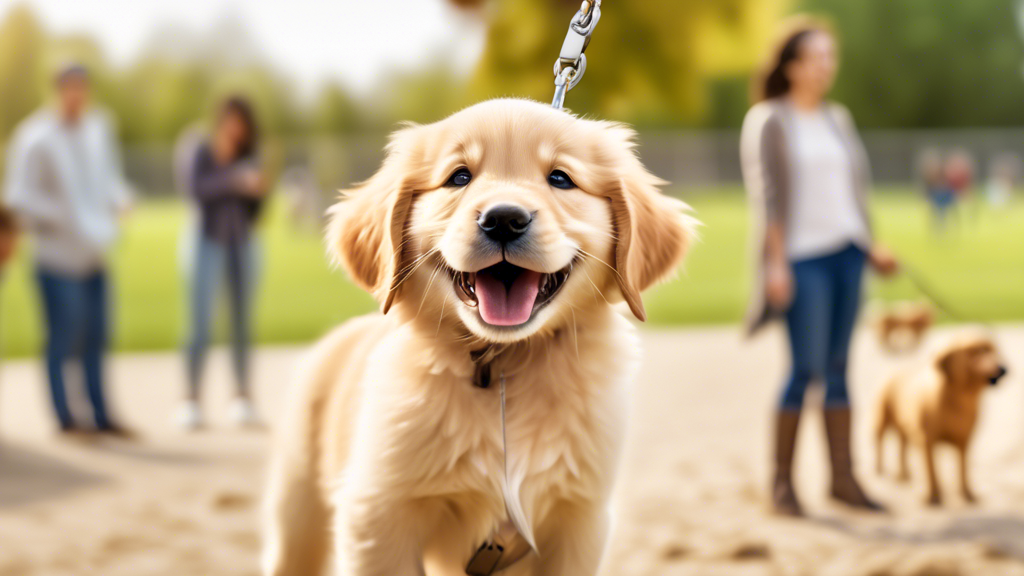
Preventing Dog Fights: Proactive Measures for Owners
Bringing a dog into your life is a rewarding experience, but responsible ownership includes understanding and managing their behavior. While no dog owner wants to imagine their furry friend in a fight, proactive prevention is key to ensuring a safe and happy environment for both dogs and humans. By focusing on training, socialization, and understanding canine body language, you can significantly reduce the risk of your dog ever being involved in a fight.
The Foundation: Early Socialization and Positive Training
Just like humans, dogs thrive on positive social interactions. Early and consistent socialization is crucial for puppies, exposing them to a variety of sights, sounds, people, and most importantly, other dogs. Positive reinforcement techniques, rewarding desired behaviors with treats, praise, and play, are far more effective than punishment-based methods. This positive approach helps build a confident and well-adjusted dog less likely to react aggressively in challenging situations.
- Puppy Classes: Enroll your puppy in a reputable puppy socialization class. This provides a controlled environment for them to interact with other pups under the guidance of a trained professional.
- Supervised Interactions: Arrange playdates with calm and vaccinated adult dogs. Monitor their interactions closely and intervene gently if needed to prevent rough play from escalating.
- Positive Exposure: Gradually introduce your dog to various stimuli in controlled environments. This could include walks in busy areas, car rides, encounters with people of different ages and appearances, and exposure to different noises.
Recognizing and Managing Triggers: Prevention is Key
Dogs, like humans, have their own set of triggers that can lead to aggression. Understanding these triggers and learning how to manage them effectively is vital for preventing fights. Common triggers include:
- Resource Guarding: Some dogs exhibit possessiveness over food, toys, or even their owner’s attention. If you notice your dog guarding resources, consult with a certified dog trainer or behaviorist for guidance on safe management techniques.
- Territorial Behavior: Dogs are naturally inclined to protect their territory, which could be your home, yard, or even the car. Introduce new dogs slowly and calmly on neutral territory before allowing them into your dog’s space.
- Fear: A fearful dog can quickly become reactive. If your dog displays fear-based aggression, avoid forcing interactions and seek professional help from a qualified behaviorist to address the underlying anxiety.
Multi-Dog Households: Creating Harmony at Home
Managing a multi-dog household comes with its own set of joys and challenges. While many dogs can coexist peacefully, proactive steps can help maintain harmony and minimize the risk of conflicts:
- Separate Spaces: Ensure each dog has their own designated safe space where they can retreat for alone time. This could be a crate, bed, or even a specific room.
- Resource Management: Feed dogs in separate areas to prevent competition and potential food aggression. Provide each dog with their own set of toys to minimize guarding behaviors.
- Equal Attention: Dedicate individual quality time to each dog, ensuring they all receive an equal amount of attention, exercise, and mental stimulation. This helps prevent feelings of jealousy or competition.
Spaying/Neutering and Seeking Professional Help
Spaying or neutering your dog is not only beneficial for population control but also plays a significant role in reducing hormone-driven aggression. While it’s not a guaranteed solution, it can significantly reduce the likelihood of fighting, especially in male dogs.
Remember, prevention is always better than intervention. If you encounter challenges with your dog’s behavior, don’t hesitate to seek professional help. A certified dog trainer or veterinary behaviorist can assess your dog’s individual needs and create a tailored training and management plan.
The #1 Free Source for Pitbull & Bully Pedigrees!
Life After a Dog Fight: Next Steps and Resources
Witnessing a dog fight can be a traumatic experience for both the dogs and their owners. Even if the fight seemed minor, it’s crucial to understand that the aftermath requires careful consideration and proactive steps to ensure the well-being of all involved. This section guides you through navigating life after a dog fight, focusing on assessing the damage, seeking professional help when needed, managing a dog with a bite history, and providing valuable resources for ongoing support.
Assessing the Damage: Physical and Emotional Well-being
After breaking up a fight, your immediate priority is to check all dogs for injuries, no matter how insignificant they may seem. **Adrenaline can mask pain**, and what appears as a minor scratch could be hiding a more serious wound. Look for:
* **Visible wounds:** Bites, punctures, scratches, bleeding.
* **Swelling:** Any unusual bumps or areas of inflammation.
* **Lameness:** Difficulty walking or putting weight on a limb.
* **Changes in behavior:** Whimpering, excessive panting, hiding, aggression.
Contact your veterinarian immediately, even if the injuries seem minor. A professional assessment can identify hidden wounds, prevent infections, and ensure proper healing.
Beyond physical injuries, it’s crucial to recognize that dog fights can have lasting emotional impacts. Dogs may experience:
* **Fear or anxiety:** Especially in situations similar to the fight.
* **Aggression:** Increased reactivity towards other dogs or even humans.
* **Changes in routine:** Loss of appetite, sleep disturbances, withdrawal.
Be patient and understanding with your dog as they recover emotionally. Offer reassurance, create a safe and calm environment, and avoid forcing interactions with other dogs until they’ve had time to heal.
When to Seek Professional Help
While some dogs recover from fights with minimal intervention, others may require professional help to address behavioral changes and prevent future incidents. Consider seeking help from a certified professional in these instances:
* **Severe injuries:** If your dog sustained significant injuries requiring medical attention or ongoing care.
* **Behavioral changes:** If you notice persistent fear, anxiety, or aggression after the fight.
* **Bite history:** If your dog has bitten another dog or human, professional intervention is crucial for safety and responsible ownership.
The following professionals can provide guidance and support:
* **Certified Dog Trainers:** Can help modify unwanted behaviors through positive reinforcement techniques.
* **Certified Applied Animal Behaviorists (CAABs) or Veterinary Behaviorists (DVM, DACVB):** Specialize in diagnosing and treating animal behavior problems, often using a combination of behavior modification and medication.
A qualified professional can assess your dog’s individual needs, develop a tailored behavior modification plan, and provide ongoing support to help you and your dog navigate life after the fight.
Managing a Dog with a Bite History
Owning a dog with a bite history comes with significant responsibility. Your priority is ensuring the safety of other animals and people while providing your dog with the best possible care. Here’s what you can do:
* **Be honest and transparent:** Inform other dog owners, dog walkers, and anyone interacting with your dog about their bite history.
* **Muzzle training:** Consult a professional for guidance on muzzle training and acclimate your dog to wearing a muzzle in public spaces.
* **Avoid high-risk situations:** Limit your dog’s exposure to situations that could trigger aggression, such as dog parks or off-leash areas.
* **Continue training and behavior modification:** Consistently reinforce positive behaviors and seek professional guidance to address any underlying aggression issues.
Remember that managing a dog with a bite history is an ongoing commitment. Responsible ownership means prioritizing safety, seeking professional guidance, and advocating for your dog’s well-being.
Resources for Further Information and Support
Navigating the aftermath of a dog fight can be overwhelming. Thankfully, numerous resources are available to provide support and guidance:
* **The American Veterinary Society of Animal Behavior (AVSAB):** Offers a directory of certified applied animal behaviorists and veterinary behaviorists.
* **The Certification Council for Professional Dog Trainers (CCPDT):** Provides a directory of certified dog trainers.
* **The ASPCA:** Offers resources on dog bite prevention and dog behavior.
Remember, you are not alone. Reaching out to professionals and reputable organizations can provide you with the knowledge, support, and tools to navigate the challenges and ensure a safe and positive future for you and your dog.
Witnessing a dog fight can be a terrifying experience, but understanding dog behavior and proactive prevention strategies can significantly reduce the risk for your furry friends. By learning to recognize the subtle cues of canine communication, implementing positive reinforcement training, and managing potential triggers, responsible pet owners can foster safe and harmonious environments for their dogs. Remember, breaking up a fight should always prioritize human safety first and foremost. Utilizing safe intervention methods and knowing when to seek veterinary care for injuries is crucial. If your dog has been involved in a fight, don’t hesitate to consult with a certified professional. Trainers, behaviorists, and veterinary behaviorists can provide tailored guidance, management strategies, and support to help you navigate the aftermath and prevent future incidents. Your proactive efforts will not only ensure the well-being of your dog but also contribute to a safer and more enjoyable experience for both of you.






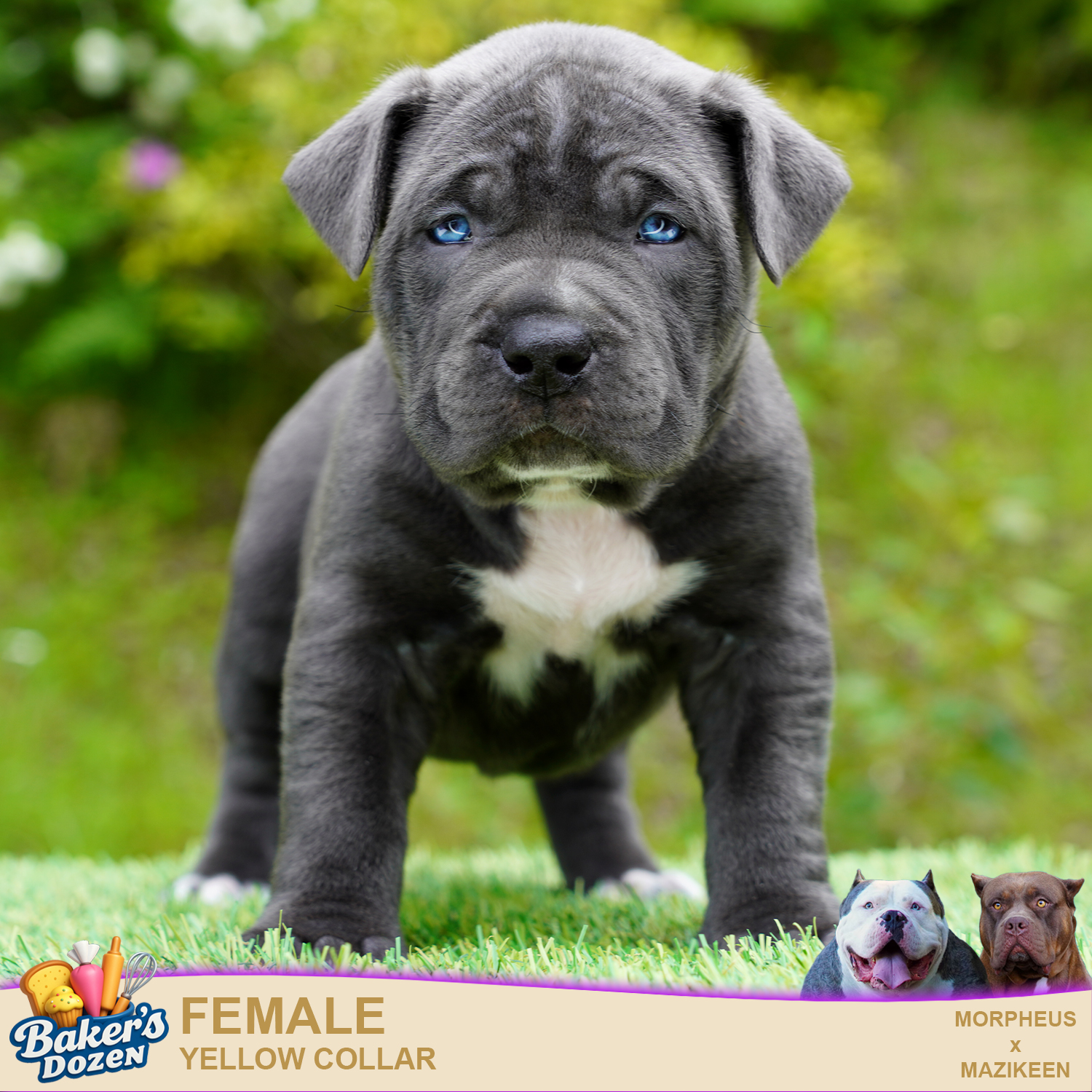
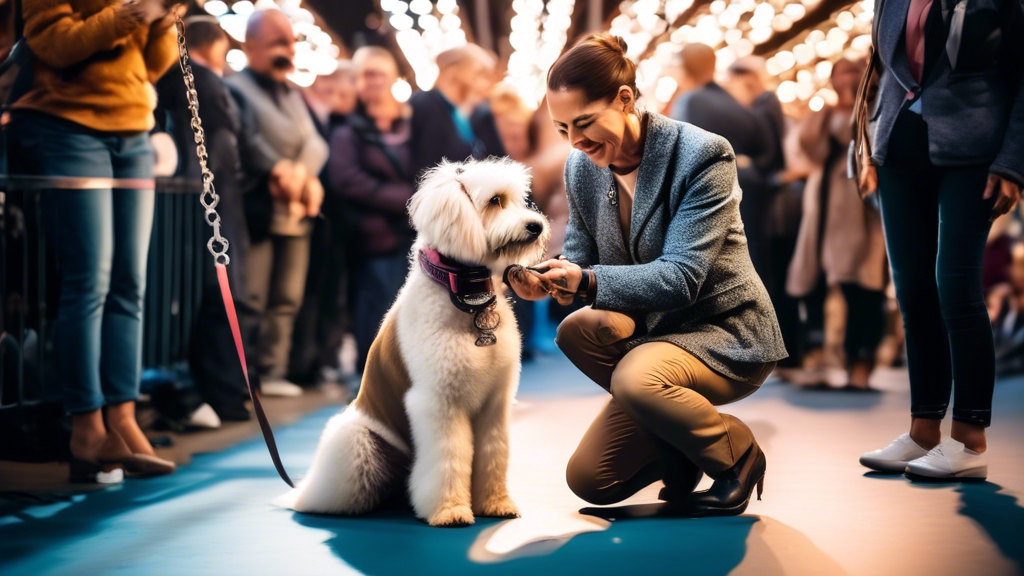
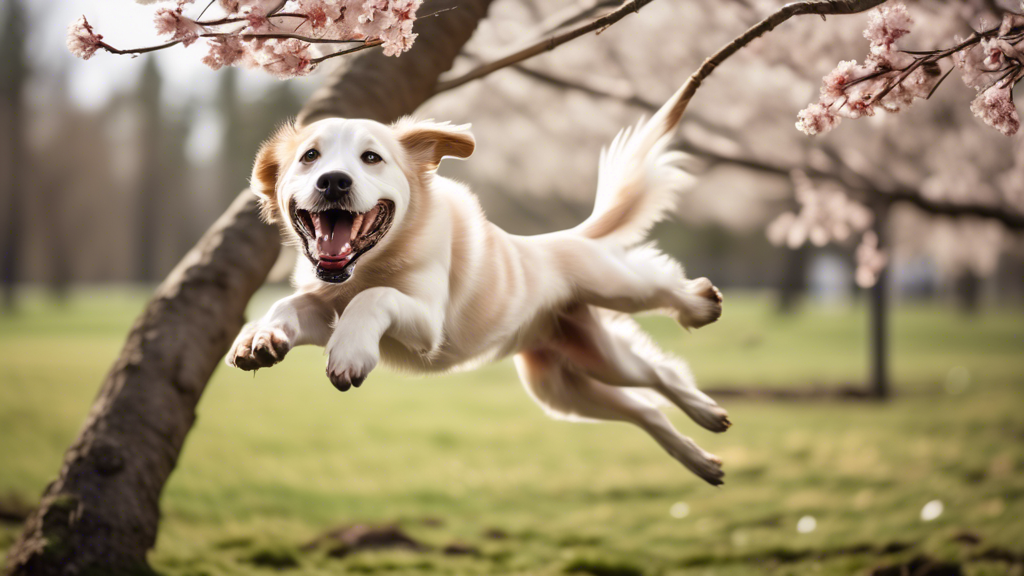
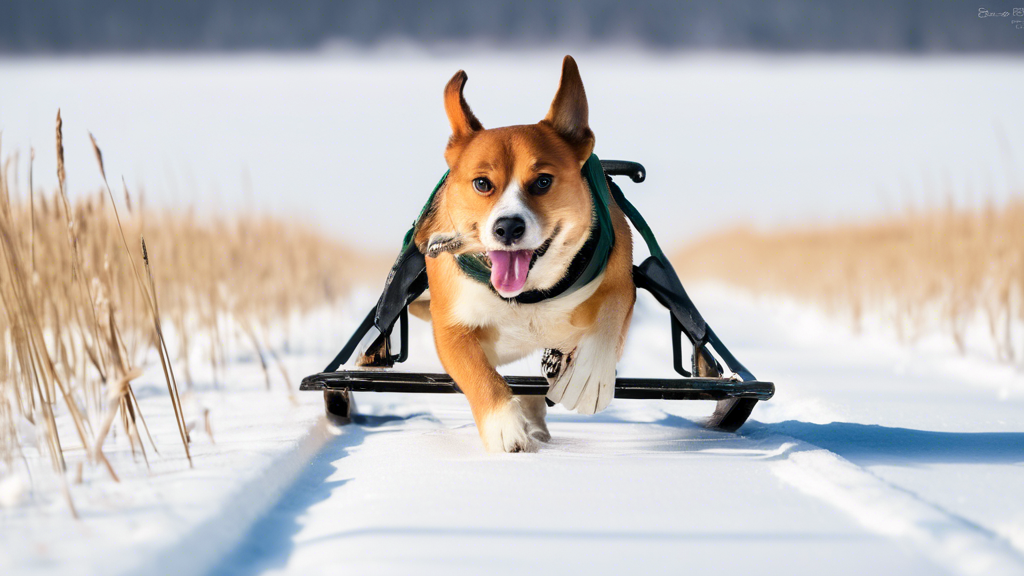
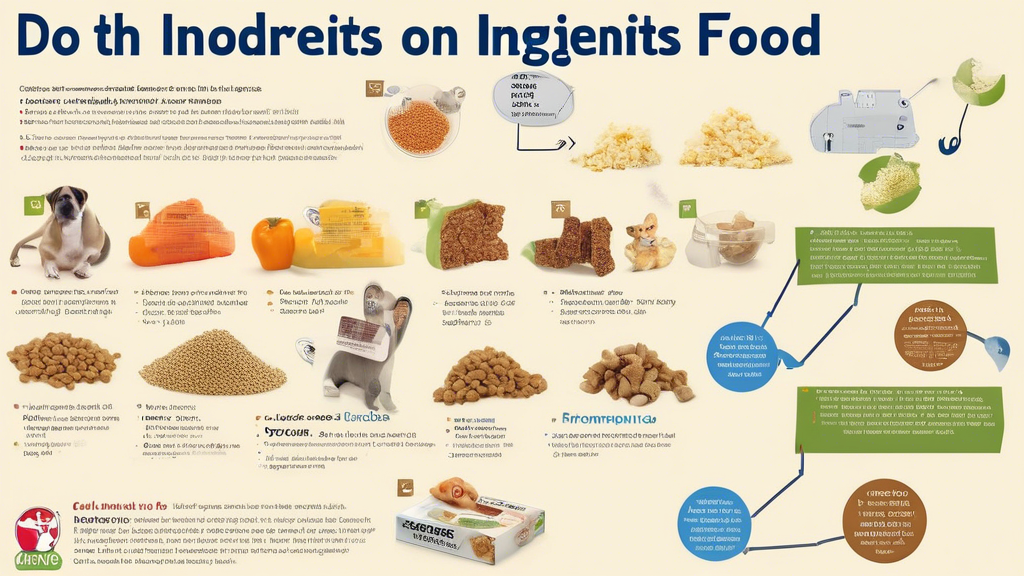
Leave A Comment